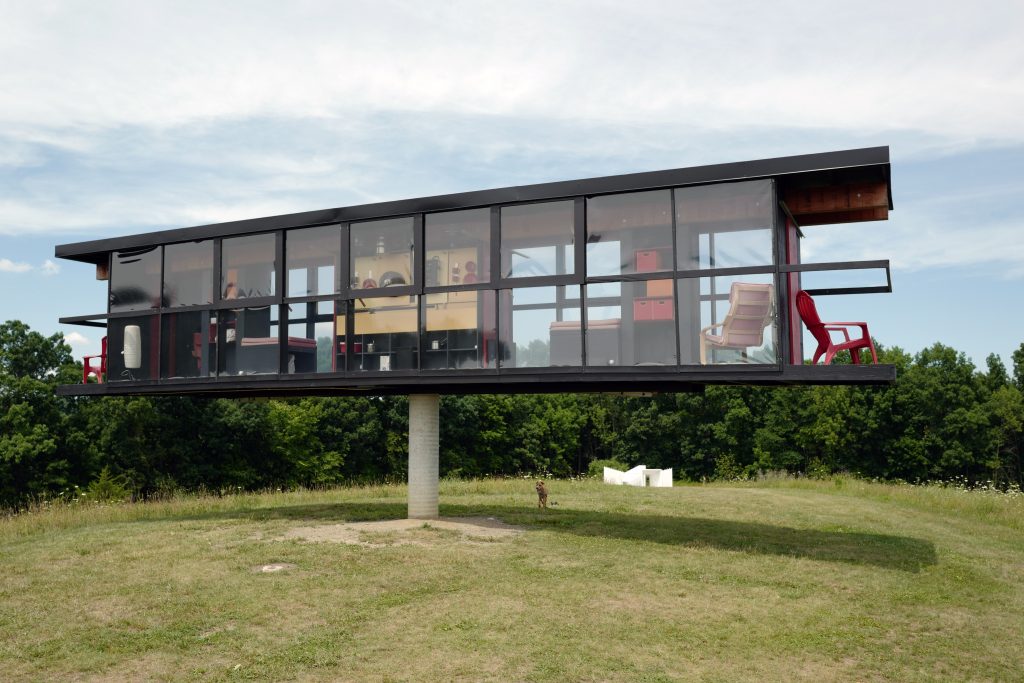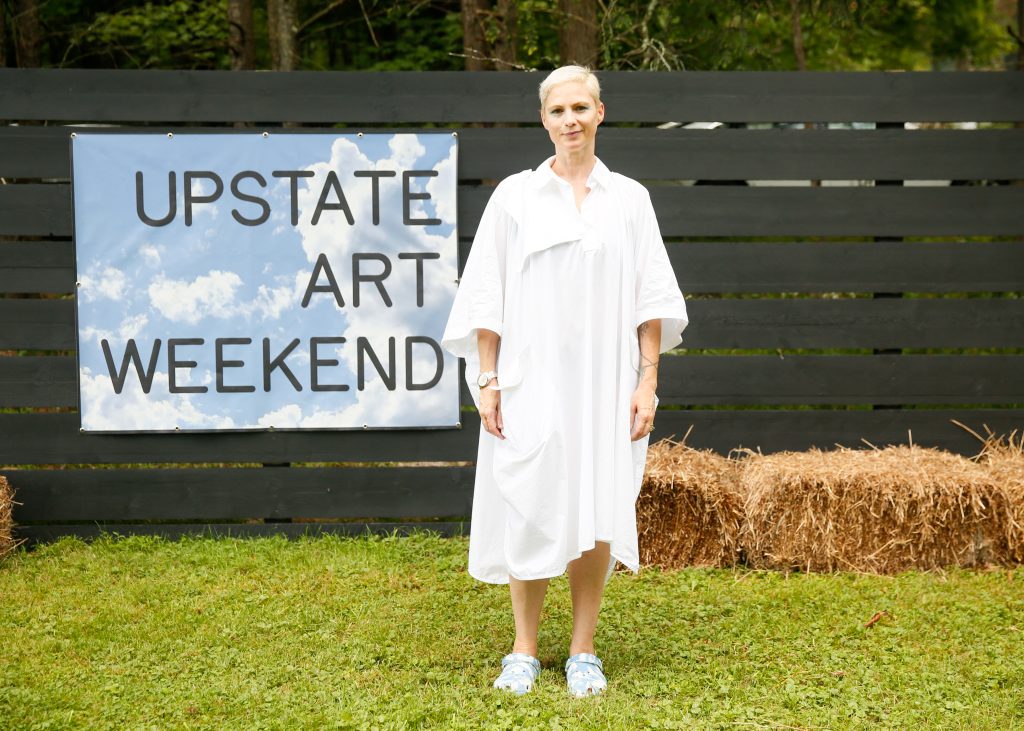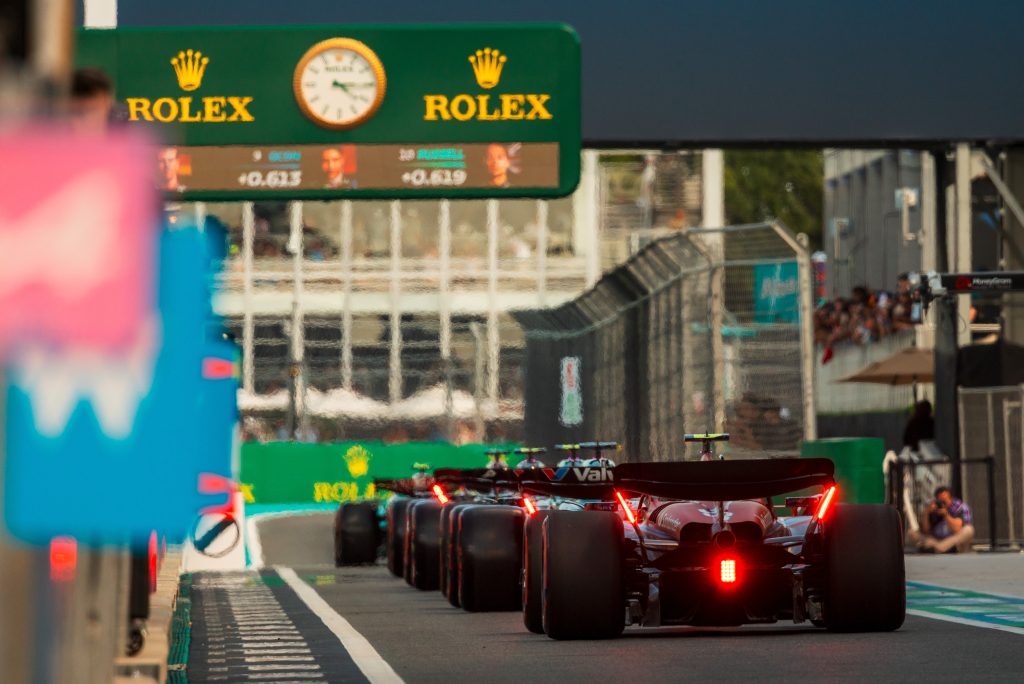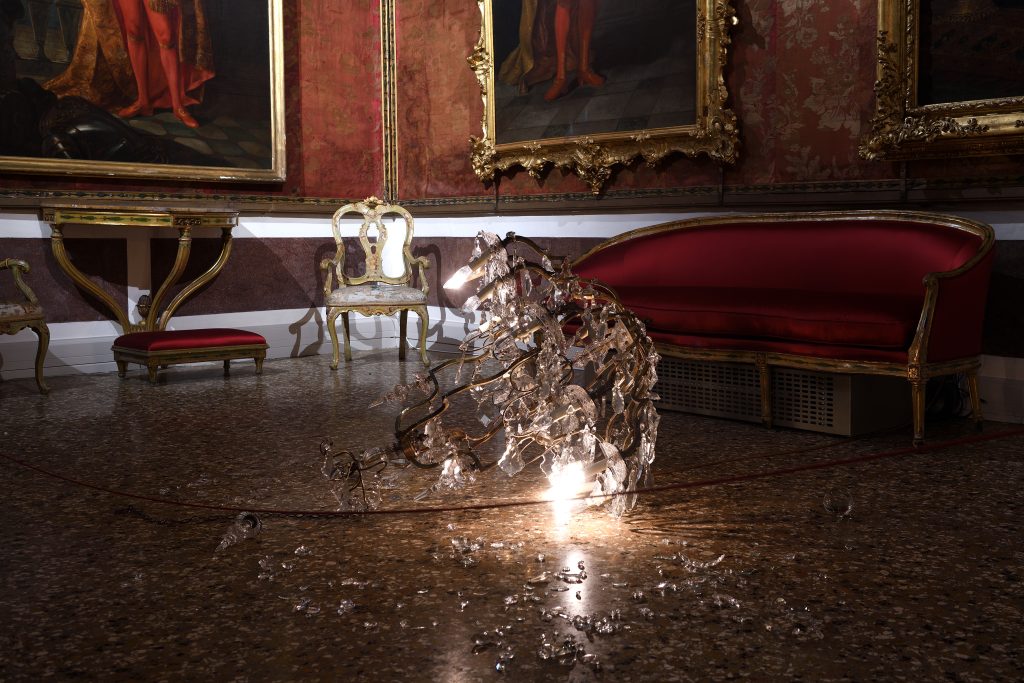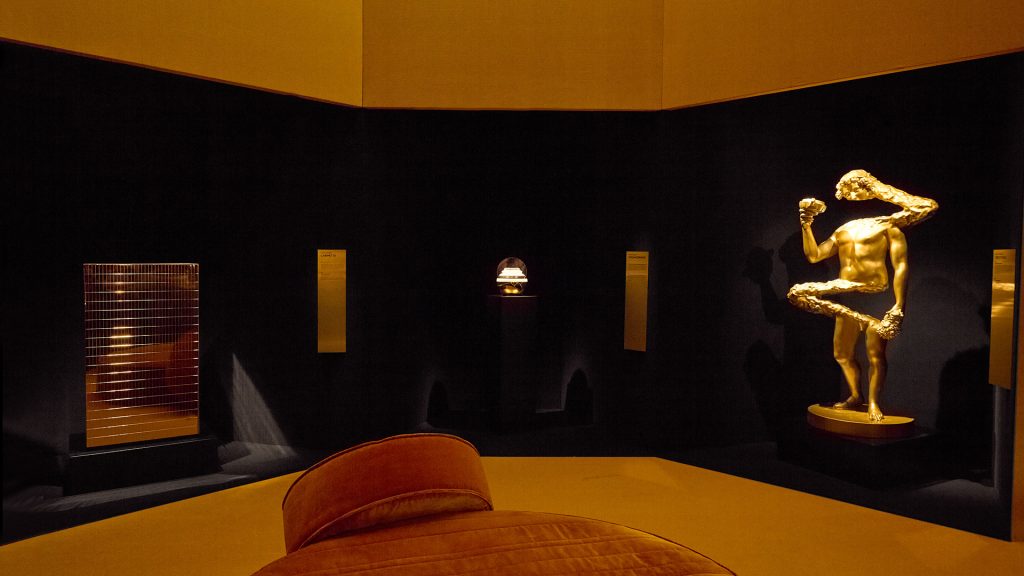Storm King Art Center Turns 60 Years Old
Experiences on these 500 acres of site-specific, large-scale art in the Hudson Valley are never the same

“It was seeing birds moving along the landscape,” John Stern, president of Storm King Art Center, says of his earliest memories at the picturesque outdoor museum in New York State’s Hudson Valley. Stern was born the same year that his father (H Peter Stern) and paternal grandfather (Ralph Ogden) opened the monumental sculpture park. And since that day in 1960, Storm King has welcomed wanderers, wonderers, art tourists, explorers and families into its rolling landscapes and growing collection of large-scale sculptures by the likes of Alexander Calder, Louise Bourgeois, Isamu Noguchi and Maya Lin. It’s this destination’s particular balance of nature and art that continues to impress time and again—and that did not happen overnight.

“What my grandfather was really passionate about was landscape and preserving land,” Stern shares with us about Ogden’s interest in the area, which began back in 1929 with the acquisition of a country house. This then motivated Ogden, in 1958, to acquire roughly 200 acres in the hamlet of Mountainville, New York, as well as the striking stone building (built in 1935) on the grounds. Ogden tapped acclaimed landscape architect Bill Rutherford to imagine the surroundings.
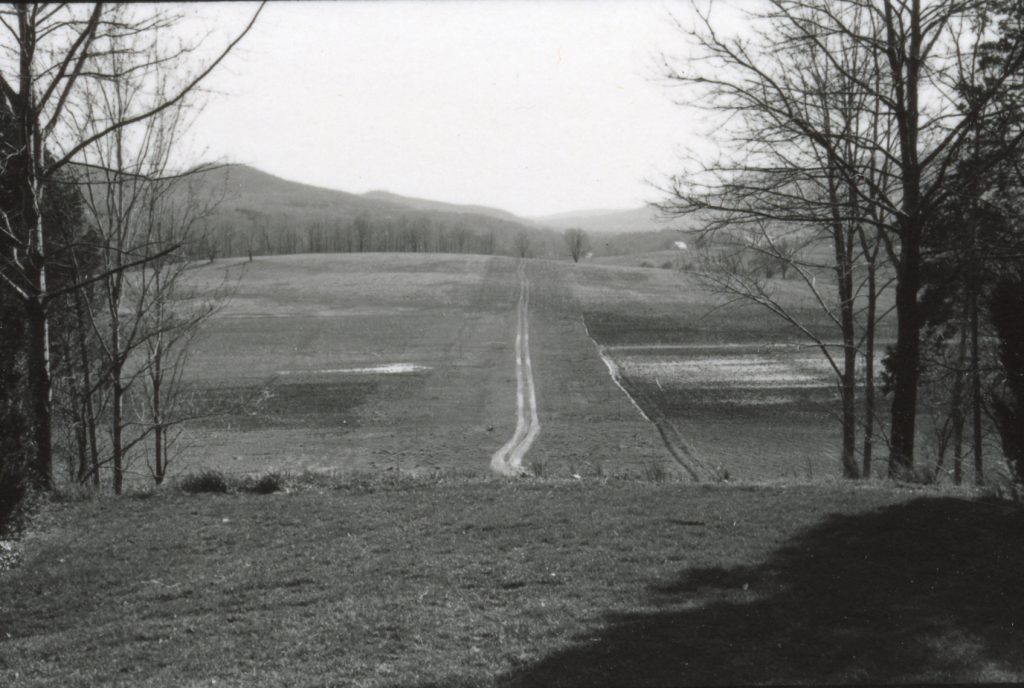
Ogden wasn’t certain what to do with the stone structure. At first, he brought chamber music performers to the space. Then, his dream of an art center slowly solidified. He hired a curator and in a matter of months opened it all up to the general public each afternoon from Thursday to Sunday. Prior to this, Ogden did not know much about the art world—but he wanted to learn. He looked to his family for ideas but it wasn’t until a business trip to Austria in 1961 that the direction of Storm King became clearer. On that trip, Ogden purchased five large-scale sculptures.
“He was looking for art that would work with the land,” Stern says. “He wanted to do something that was new.” The real lightbulb moment came in 1966, while Ogden toured Bolton Landing—the Adirondack home and studio of artist David Smith. Ogden saw roughly 90 sculptures, all of which were outside, many aligned with views of Lake George and the surrounding forests. Less than a year later, Ogden returned and bought 13 David Smith sculptures for Storm King. Their installation also put his destination on the art world’s radar.

Ogden’s next move involved site-specific commissions. Touring the sprawling grounds today, “You can see the Robert Grosvener [1970], the David von Schlegell [1972]. We continued this after my grandfather died with Maya Lin’s ‘Storm King Wavefield’ [2007] and Andy Goldsworthy’s ‘Storm King Wall’ [1997-98], as well as Richard Serra’s ‘Schunnemunk Fork’ [1990-91].” All of these works were imagined for the land they sit on (or are composed of, in Lin’s case). Unlike works on the walls or floor of a museum, these pieces engage in a continuous dialogue with their specific surroundings. That’s what they were created to do.
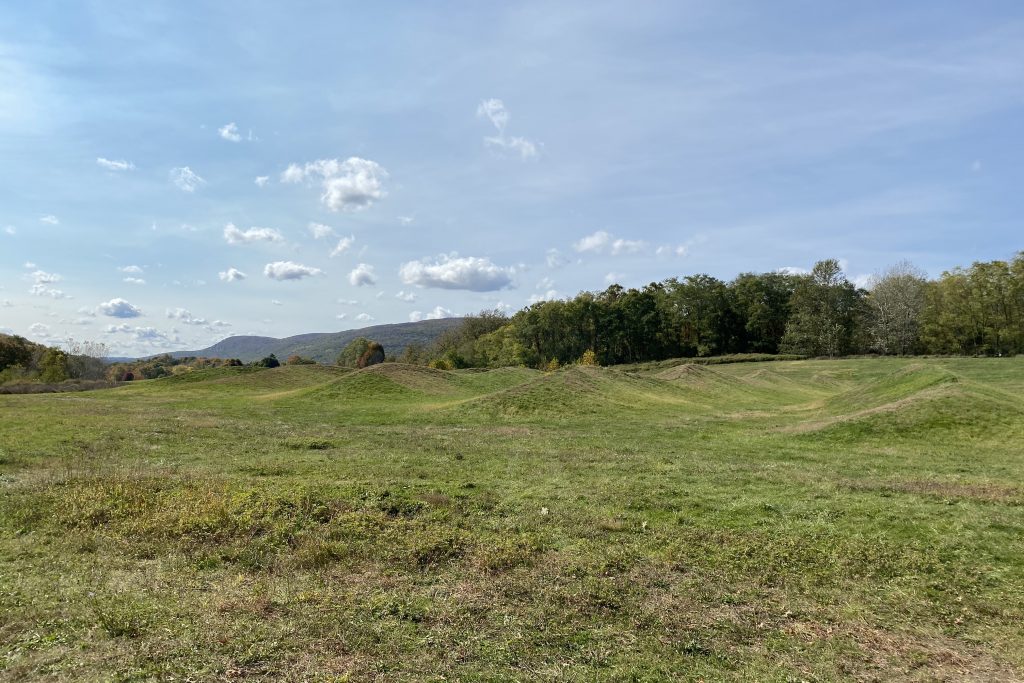
Aligned with Ogden’s initial vision of preservation and conservation, H Peter Stern’s added 300 acres after his father in law died. This expanded the Storm King footprint to the one we know today. Initially, much of it required restorative landscaping after devastation left over from the construction of the New York State Thruway. In fact, the land was dotted with gravel pits, the last of which existed where Lin’s rolling work now invites one’s gaze.
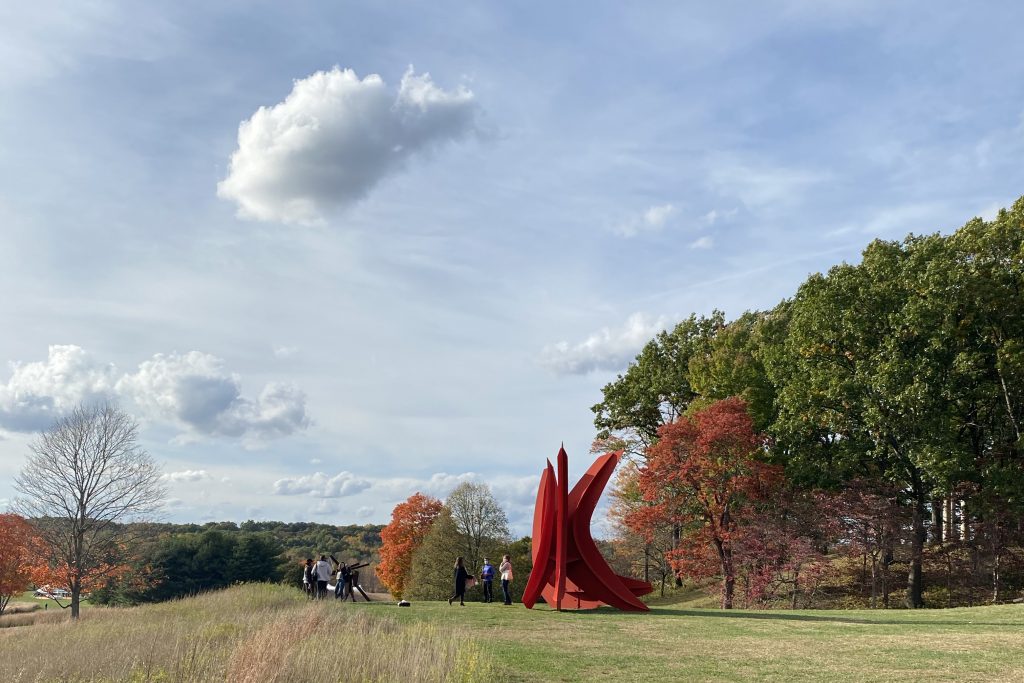
Today, the vision and mission of Storm King address both visitor and artist. For the former, Stern says they hope “to offer people the experience of discovering art in nature and observing the dialogue between both. We also want people to find art on their own terms. For many, contemporary art can be intimidating. I think because of the landscape we have—and with the art in that context—there is something quite magical about it all.”

Nothing demonstrates their commitment to artists quite like their Outlooks artist programming. “We reach out to an artist who is typically emerging or mid-career to do a site-specific commission for one year,” Stern says. “This year it is Martha Tuttle. Last year it was Jean Shin. Each artist has a lot of time to think through what they want to do.” The curatorial team works with the artists in this series to figure out where they want to put the work, too (a creative courtesy they also grant to artists contributing site-specific work that will go into the permanent collection).

The art center’s commitment to environmental stewardship has developed as well—as the landscape has changed. “When my grandfather started it, everything was lawn,” Stern says. “After his death, we started having large fields of grasses hayed by farmers, but in the ’90s we started a project that’s been going for 25 years—we create fields of native grasses. They continue to be aesthetically beautiful as the season goes along, but beyond that, they are great for wildlife and ecology and it is easier for us to maintain.” Anyone who has strolled through these fields understands their importance to the experience.

“Every time you visit Storm King it will be different, because of the seasons, the day, the light. Things change. The nature is as changing as the some of the works,” Stern concludes. And with that, over the years, they’ve enhanced their programming in numerous ways—from thoughtfully curated indoor exhibitions to loans and more commissions. Partnerships with brands like Maison Ruinart have led to Champagne picnic offerings available through the art center’s outdoor cafe. When it is safe to do so, they host moonlight walks and yoga retreats—allowing even more reflection on the art and the land it nestles within.

COVID-19 shuttered Storm King temporarily—but, as it is outdoors, it was able to reopen this July. Capacity has been reduced substantially but tickets can (and must) be reserved in advance online. From now through 13 December, Storm King opens Wednesday through Monday (closed Tuesdays), from 10AM to 4:30PM. It’s worth noting that if tickets for vehicles are sold out, visitors can book walk-in ticket and take the shuttle from the train station.
Hero image by David Graver
